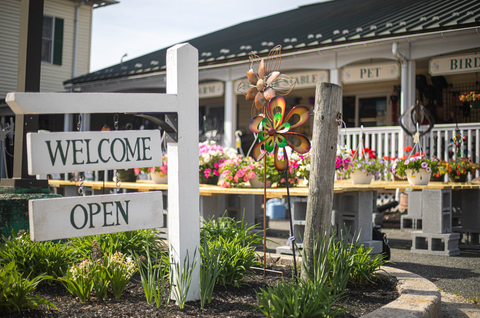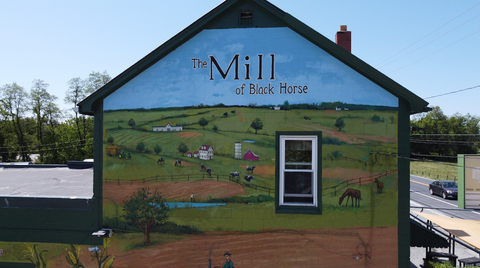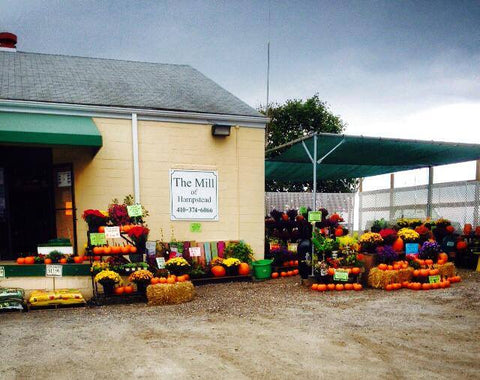Understanding Needle Yellowing in White Pines and Other Conifers
Homeowners occasionally contact The Mill with concerns about yellowing needles on their white pines. The yellowing is typically noticed on the interior of the branches, and while it may appear alarming, this is a normal response for many conifer species.
When conifers such as white pines experience stress from heat or drought, they naturally shed older needles to reduce water loss and energy demand. The Mid-Atlantic region often sees this occur following stretches of hot, dry weather in August and early September. Shedding interior needles allows the tree to conserve resources and maintain overall health.
Why Conifers Shed Needles
As conifers grow, the older interior needles become shaded by new outer growth. This lack of sunlight causes those interior needles to become less efficient in photosynthesis, prompting the tree to release them. The process is similar to deciduous trees shedding leaves in fall, except that evergreens retain their outer layers of green needles.
This type of needle shedding, sometimes called seasonal needle drop, is temporary and natural. The interior needles will yellow and fall off—typically after the first frost—while the rest of the tree remains green and healthy.

When to Worry
If an entire branch turns brown or the tree begins dying back from the tip, it could indicate more serious issues, such as root stress, insect damage, or disease. However, if only the interior needles are affected and the outer growth remains green, there is no cause for concern.
This natural needle drop is not limited to white pines—it can also be observed on Arborvitae, Chamaecyparis, and Cryptomeria species. As long as the yellowing and shedding occur only on the inner portions of the plant, the conifer is healthy.
A Natural and Seasonal Process
Gardeners may notice young pines shedding interior needles more noticeably in late summer or early fall. Closer inspection will show that these needles are dropping toward the interior of the plant, which is a completely natural process. In fact, this is one of the reasons trees are often shaken at Christmas tree farms—to remove loose, aging needles before sale.
Seasonal yellowing and needle shedding are simply part of the growth cycle for conifers, ensuring that the tree maintains balance between its new and old foliage throughout the year.






















